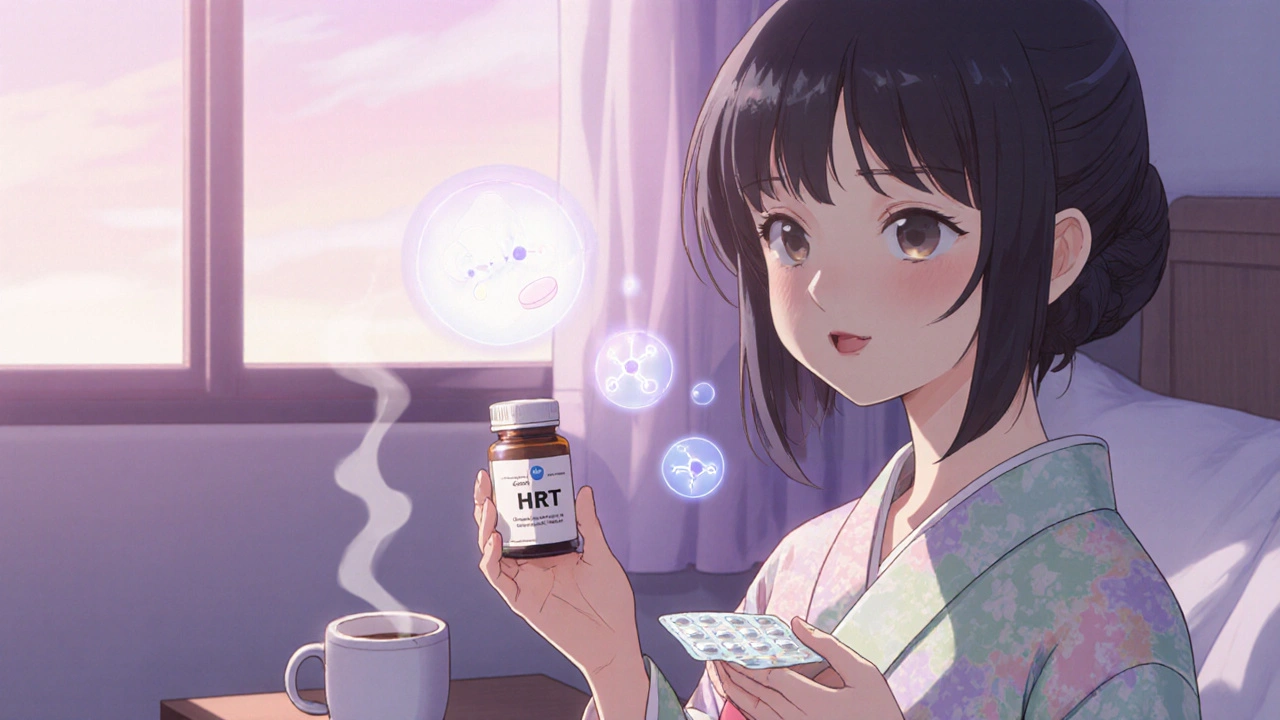Estrogen Interactions: What Medications and Supplements You Need to Watch
When you take estrogen, a hormone used in birth control, hormone replacement therapy, and some cancer treatments. Also known as female sex hormone, it plays a key role in your body’s balance—but it doesn’t work in isolation. Many common drugs and supplements can interfere with how estrogen is absorbed, broken down, or cleared from your system. This isn’t just theory—it’s something that affects real people every day, from women on birth control to those managing menopause symptoms.
Take antibiotics, like cefadroxil or ampicillin, often prescribed for infections. While most don’t directly affect estrogen, some can upset your gut bacteria, which helps recycle estrogen back into your bloodstream. If that cycle breaks, your estrogen levels can drop, making birth control less effective. Then there’s antifungal meds, such as those used for yeast skin infections, which can slow how fast your liver processes estrogen, leading to higher levels and more side effects like nausea or breast tenderness. Even NSAIDs, like meloxicam or aceclofenac, used for pain and inflammation, can interact indirectly by changing how your body handles fluid and hormones.
It’s not just prescriptions. Supplements like St. John’s Wort, grapefruit juice, and even high-dose vitamin C can alter estrogen metabolism. Some herbal liver tonics, like Liv.52, claim to support liver function—but if your liver is already busy breaking down estrogen, adding another compound might throw off the balance. And if you’re taking something for mental health, like bupropion or fluoxetine, don’t assume it’s safe. These can affect how your body responds to estrogen, sometimes increasing side effects or reducing effectiveness.
What you’re seeing in these posts isn’t random. They’re all connected by one truth: hormones don’t live in a vacuum. Whether it’s an antibiotic for a skin infection, a glaucoma drop, or a pain reliever, everything you take has the potential to talk to estrogen. That’s why knowing the basics matters—not just to avoid side effects, but to make sure your treatment actually works.
You’ll find real-world examples below: how certain drugs change estrogen’s effect, what to ask your pharmacist, and which combinations are riskier than others. No fluff. Just what you need to stay safe and in charge of your health.
Learn how hormone replacement therapy interacts with common meds, from anticonvulsants to herbal supplements, and get practical steps to stay safe.

